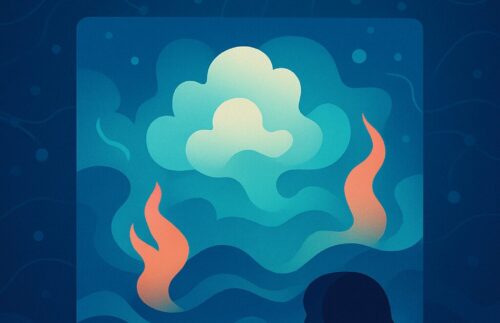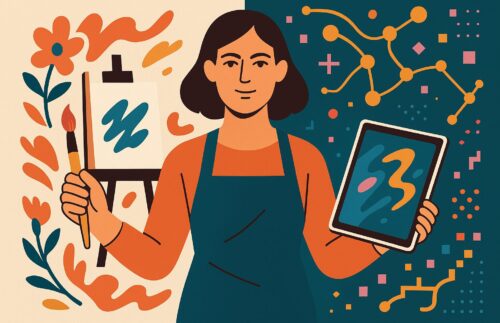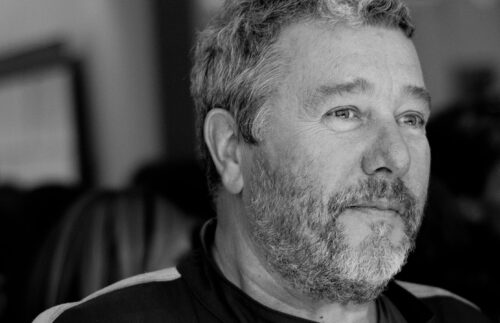As an artist embracing the future, I often find myself dancing in the strange and seductive space where paint meets pixel. AI has cracked open unimaginable doors in my practice—turning flowers into emotion-sensitive installations, translating feelings into sound, building bridges between the senses and machines. It’s been breathtaking.
But even as someone who thrives in this new hybrid world, I can’t ignore the mounting tension between AI’s boundless potential and the very foundation it stands on: the human creative archive.
May 2025: A Turning Point for AI Art and Copyright
This month, the conversation around AI and copyright reached a boiling point. Institutions, artists, and governments have begun asking the hard questions—and demanding accountability. As someone building a career at the bleeding edge of AI and art, I feel it’s time to add my voice.
When the Icons Speak, We Should Listen
Over 400 UK artists—including Elton John, Dua Lipa, and Paul McCartney—signed an open letter to Prime Minister Keir Starmer. Their ask is simple, and one I fully support: transparency. They’re not against AI. They’re demanding the right to know if and when their creative works have been used to train generative models.
That’s not fear. That’s fairness.
This isn’t a rejection of progress—it’s a call for ethical collaboration. Artists deserve to know if their songs, stories, and images are forming the backbone of machine-generated culture. We are not anonymous data points. We are the living archive.
A Win for Artists: UK Legislation Steps In
In a landmark decision, the UK House of Lords passed an amendment to the government’s Data Bill that mandates AI developers disclose any copyrighted content used in training their systems.
This is a game-changer.
It flips the narrative: artists won’t need to prove theft after the fact. Instead, the burden of transparency is now placed where it belongs—on AI developers.
Personally, this resonates deeply. If I knew my artworks were being used to train a model, I might say yes. I might even celebrate it. But I want to be asked. I want the choice. This new legislation offers creators that basic dignity.
Across the Ocean: A Cautionary Tale from the U.S.
Meanwhile, in the United States, the path forward looks less promising. President Trump recently dismissed Shira Perlmutter, head of the U.S. Copyright Office, shortly after she released a report suggesting mechanisms for licensing and oversight in AI training.
Her dismissal wasn’t just political—it was symbolic.
It signals a growing intolerance for critique at the very moment when thoughtful checks and balances are essential. I believe in AI. I work with AI. But I also believe in friction—the creative kind that keeps systems honest. If we remove the artist from the algorithm, we’re left with hollow mimicry.
The Future Is Shared—Not Stolen
We’re at a cultural tipping point. AI isn’t going away. And nor should it. I’ve seen its potential to foster connection, beauty, and healing. But how it learns must change.
I envision a world where artists can voluntarily opt into datasets, where work is clearly labeled, ethically licensed, and fairly compensated. A global digital library built not on scraping but on consent.
That’s not utopia—it’s possible. And it would transform AI from a tool of exploitation into a platform for expansion.
A Call to Artists: Shape the Future
Whether you embrace AI or not, it’s already reshaping the world we create in. This month’s developments aren’t just legal footnotes—they’re invitations. To question. To speak up. To participate.
The future of art is not about rejecting machines. It’s about ensuring that the soul of the work—the human element—is never erased.
So here I am. Wondering, yes. But also believing: that this friction isn’t the death of creativity—it’s the spark of something deeper. Let’s shape it together.








